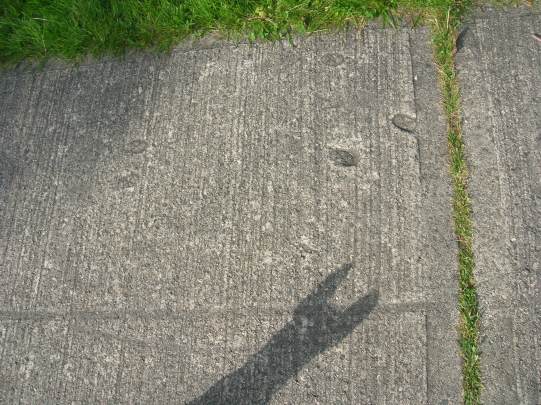An irreversible thermodynamic description of analytical ultracentrifugation (AUC) applied to a solution of the time- and gravitational-potential-space-dependent Lamm equation. Link to the latest draft: AUC draft of July 31, 2015. (First published on December 12, 2011.) An irreversible thermodynamic description of membrane-confined electrophoresis (MCE) applied to a solution of the time- and electrical-potential-space-dependent continuity equation for MCE. Link to the latest draft: MCE draft of July 31, 2015. (First published on December 12, 2011.) For both AUC and MCE, the method of simulation is an implementation of an integral, finite-element solution to the applicable continuity equation. The method is built on that which Claverie, Dreux and Cohen [1975 Aug; Biopolymers 14 1685-1700] described in their solution to the Lamm equation, but differs in several respects. To correctly implement their concentration dependence, the transport coefficients are defined as spatially-independent parameters. To correctly evaluate the concentration-dependent transport coefficients at the time to be evaluated, the concentrations are calculated iteratively. By such an evaluation of the concentration-dependent transport coefficients at both the time already evaluated and the time being evaluated, the accuracy of each new set of concentrations is maximised. Computational artefacts are reduced by first calculating all concentrations in one order, then recalculating all concentrations in the opposite order, and averaging the results. Additionally, in the case of AUC, simpler results of integration are obtained by using one-half the square of the radial position, rather than the radial position, as the spatial parameter of the continuity equation. For both AUC and MCE, a simple coupled-flow equation has been implemented. Applications of material from these documents appear in Johnston-Ogston effects in AUC simulations of two model systems based on polystyrene beads that are polydisperse with respect to specific gravity; The apparent sedimentation coefficient, s*, and its distribution function, g(s*), within -∞ < s* < ∞; and Distinguishing hypothetical systems of PS beads by g(s*) analysis of simulated AUC data to which noise has been added, and quantifying the statistical significance of any observed distinguishability; to which links are provided in accompanying posts (Johnston-Ogston effects with PS beads, g(s*) within -∞ < s* < ∞ and Effects of noise on the distinguishability of several simulated AUC systems of PS beads, respectively).
